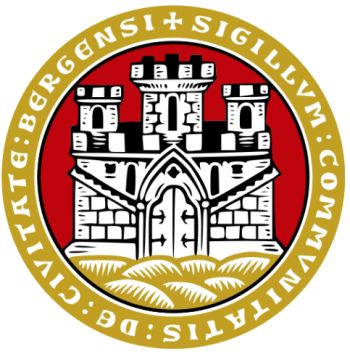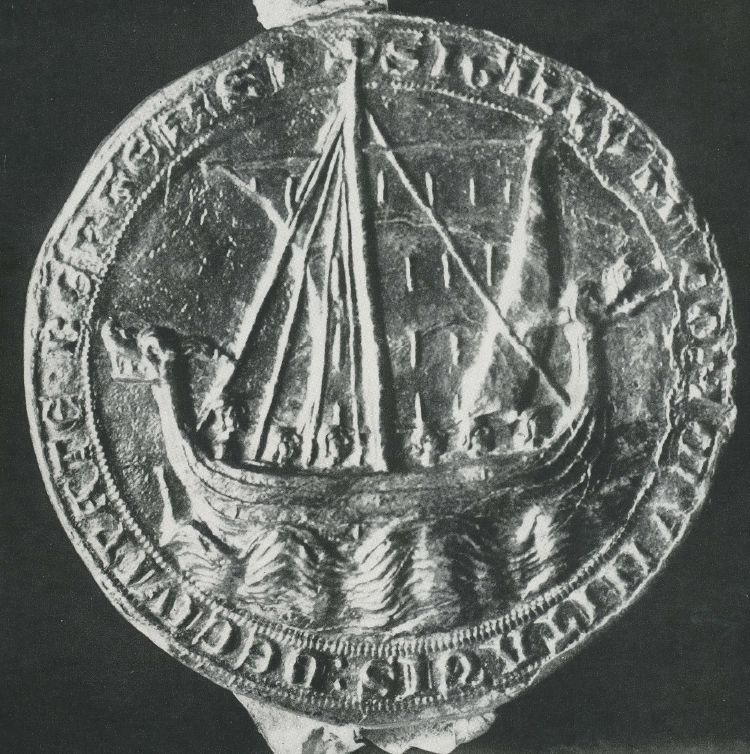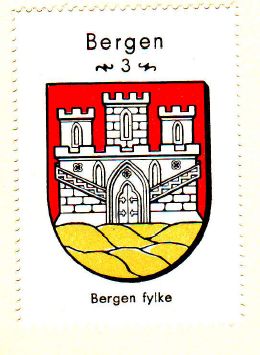Bergen (Norway): Difference between revisions
Knorrepoes (talk | contribs) m (Text replacement - "ö" to "ö") |
Knorrepoes (talk | contribs) m (Text replacement - ".hagno.jpg|center]] " to ".hagno.jpg|center|Arms of {{PAGENAME}}]] ") |
||
| Line 23: | Line 23: | ||
{|align="center" | {|align="center" | ||
|align="center"|[[File:bergen.hagno.jpg|center]] <br/>The arms in the [[Kaffe Hag Norge|Coffee Hag album]] +/- 1930 | |align="center"|[[File:bergen.hagno.jpg|center|Arms of {{PAGENAME}}]] <br/>The arms in the [[Kaffe Hag Norge|Coffee Hag album]] +/- 1930 | ||
|} | |} | ||
Revision as of 17:49, 29 October 2016
BERGEN
Province : Hordaland
Additions : 1972 Arna, Fana, Laksevåg, Åsane
Official blazon
Origin/meaning
The arms were granted on August 15, 1924.
The arms are based on the oldest seal of the city, which dates from 1293. The seal is very unique, as it had separate images on both sides. On the one hand stood the image of a city wall with gate rising from seven hills, on the other a Viking longboat. In the mid 14th century a new seal was used, which only showed the gate and hills. Even though the shape and size of the gate has changed considerably during the centuries, the composition itself has not changed.
| The backside of the oldest seal |
The seven hills on the seal symbolise the seven main mountains surrounding the city : Sandviken (417 m), Fløyen (320 m) , Blåmanen(552 m), Ulriken (643 m) , Løvstakken (477 m) , Damsgårsfjellet (317 m) and Lyderhorn (397 m).
| The arms in the Coffee Hag album +/- 1930 |
Contact and Support
Partners:
Your logo here ?
Contact us
© since 1995, Heraldry of the World, Ralf Hartemink 
Index of the site
Literature : Norske Kommunevåpen, Kommunalforlaget, 1987; Ewe, 1972; names of the hills by Holger Schöttke












